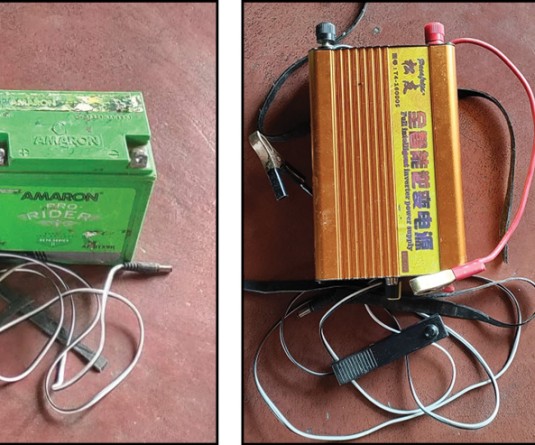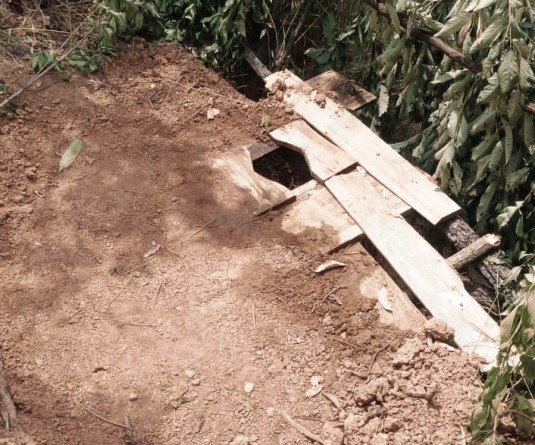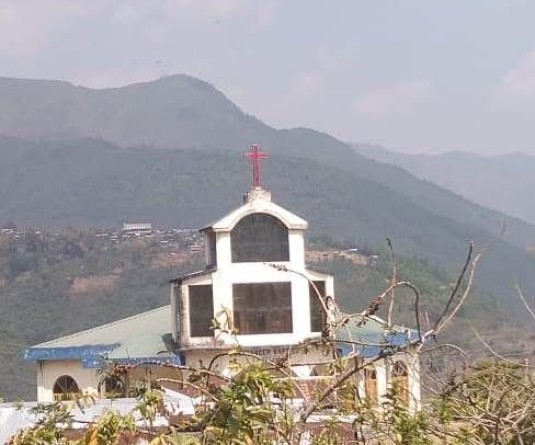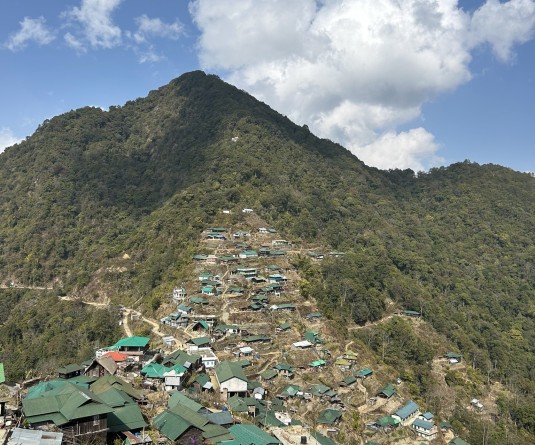
Moa Jamir
Dimapur | May 10
Nagaland State Minister for School Education, Yitachu recently said that given the state of affairs in his department, he had expected at least 100 government schools to give nil result in 2016, i.e., zero pass percentage. He was speaking at Nagaland Legislative Assembly session in March.
The Minister’s lowered expectations were surpassed as ‘only’ 30 schools produced nil result yet again this year like in 2016.
Not for efforts from the Department of School Education (DoSE) though. The Minister’s worries were placed in real state of affairs—50 percent of government schools operate without math teachers. Where available, the math teachers are underqualified for the job. The Department failed to provide adequate teachers to 132 schools in 2014 and 21 schools in 2016.
Given this, students are evading government schools like the plague. According to NBSE data, in 2016, out of 22319 student enrolment in Class 10, nearly 74% (or 16495) chose private schools, as against 26.09% (or 5404), who probably had no choice but to go for government schools.
This is how the Welfare State of Nagaland operates.
No teachers, poor infra
‘Bura Namsang Government High School struggling with only five teachers; no headmaster.’ Several local dailies carried this headline in February 2016.
DoSE had failed to deploy a headmaster, assistant headmaster and graduate teachers, especially in Math and Science subjects. In 2017, when the HSLC results were declared, the school, situated over 302 kilometer away Nagaland capital Kohima, in Tamlu sub-division, Longleng district, was among the 30 government high schools (GHS) in the State that showed ‘zero’ result. Five students from the school appeared for the exam.
In September 2016, students of GHS, Chessore, Tuensang took out a march against the Nagaland State Government’s “failure” to post Math and Science teachers in the school. It was temporarily shut down by organizations in the area demanding rectification.
This school managed to score 53% pass percentage, far above the 42% average of government schools in Nagaland State.
“School upgraded, but no building,” stated another headline about GHS, Seyochung in Kiphire District informing that though it was upgraded from Government Middle School in 2013, regular classes had yet to begin due to lack of a school building. No wonder then that the school showed zero result.
The most privileged in terms of educational avenues, even Government Schools in Dimapur and Kohima are not immune to perpetual apathy that inflicts them all over the State.
Cumulative outcome
Visible lack of infrastructure, want of math/science teachers and the absence of administrators, amplified by unpaid salaries and proxies make government schools the resort for many students.
The performance of many government schools in HSLC exams has been mediocre, with many schools showing nil results.
In 2014, 24 GHS secured nil results which sky-rocketed to 38 in 2015 before ‘stabilizing’ to 30 in both 2016 and 2017. Two private schools, one in Dimapur and other in Mokokchung, also showed nil results.
It has become customary to vilify government schools.
However, the pass percentage in government schools improved from 32.81% in 2016 to 42.60% in 2017, an increase by over 29%.
Statistics reveal that among the 30 schools, only five schools had over 10 students sitting for the exam while the rest were in single digits, below five.
Overall, the total number of students that appeared exams in these schools was only 181, an average of six students per school.
The performance also reflected huge district wide disparities with schools in eastern Nagaland suffering the most.
For instance, among schools securing ‘nil results’, nine were in Tuensang, six in Longleng, four in Zunheboto, three each in Mon and Kiphire. Dimapur with three schools and Mokokchung with two complete the list.
In overall pass performance, the bottom of the list was captured by eastern districts with Longleng being the lowest at 7%, followed by Mon and Kiphire at 11% each and Tuensang at 19%. The only district lower than the eastern districts was Zunheboto at 16%.
Among the private schools, the worst performer was Tuensang at 14.17%, topped by Kohima and Phek at 86%.
A Silver lining
Despite the poor performance by many government schools, a silver lining emerged in the form of six securing 100% pass percentage.
They include three schools from Mokokchung District – GHS Sungratsu, Mongsenyimti and Changtongya B; one in Kohima –GHS PWD Colony; and one each in Phek and Kiphire – GHS Phusachodu and GHS Amahator respectively.
It was not a case of one appearance-one pass, but an average of 6 students per school, with the highest at GHS Phusachodu with 15 students.
The government should study what led to their success and emulate such methods in other government schools. Continued apathy only means the government does not aspire to provide education to every child, nor a people that can make informed decisions for the future.





